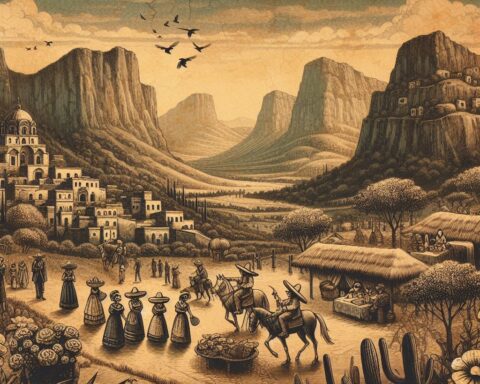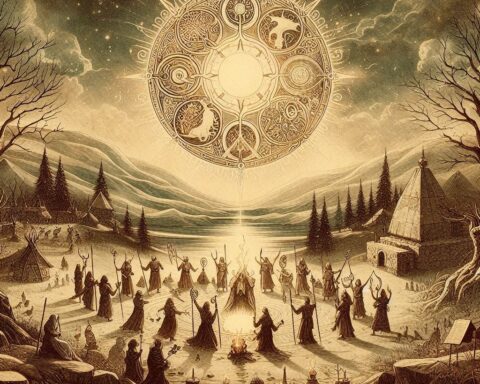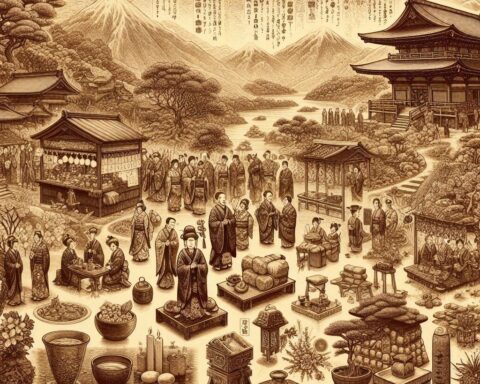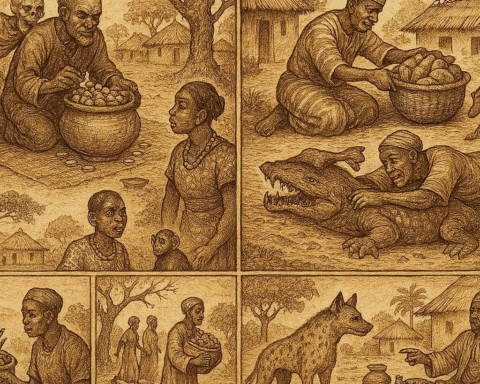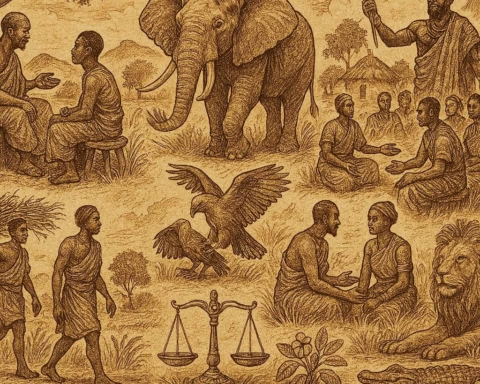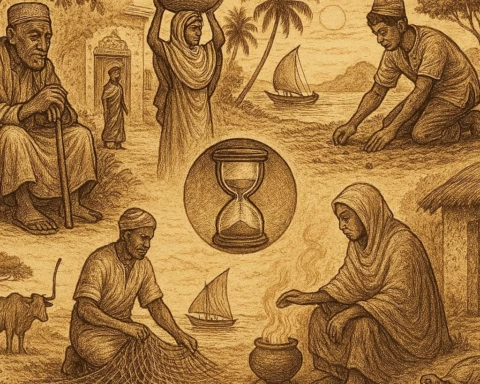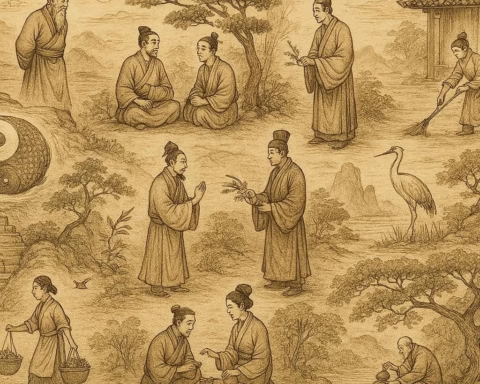In the villages and cities of Greece, where the bells toll with a rhythm older than empires, Easter is more than a date on the calendar, it is the beating heart of the Orthodox year. Known as Pascha, this celebration is the crown jewel of the liturgical cycle, a week when tradition spills into the streets, and ancient symbols meet living faith.
Greek Orthodox Easter is not just a commemoration of Christ’s resurrection; it is an experience woven from fasting, prayer, fire, and feasting. Its roots stretch deep, through Byzantine ritual, pagan spring festivals, and biblical narratives, making it a tapestry of both sacred history and cultural pride. Here are eight traditions and their rich symbolism.
1. Great Lent and the Forty Days of Preparation
Before the jubilance of Easter, Orthodox Christians observe Great Lent, a forty-day fast mirroring Christ’s time in the wilderness. Meat, dairy, and rich foods are set aside, and the soul is tuned through prayer, charity, and repentance. This tradition teaches endurance and spiritual discipline, an echo of the early church’s ascetic practices.
2. Palm Sunday Processions
The week before Easter begins with Palm Sunday, when worshippers carry palm and bay leaves, recalling Christ’s triumphant entry into Jerusalem. In Greece, the leaves are often braided into crosses, later kept in homes for blessings and protection. The procession bridges biblical history with the rhythms of village life, uniting past and present.
3. The Holy Thursday Red Eggs
On Holy Thursday, families dye eggs a deep crimson, symbolizing the blood of Christ and the promise of eternal life. The egg’s unbroken shell represents the sealed tomb, and its cracking on Easter night signifies the resurrection. The custom may have Byzantine roots, blending imperial color symbolism with Christian narrative.
4. The Midnight Resurrection Service and Holy Fire
At the stroke of midnight on Holy Saturday, churches plunge into darkness. Then, the priest emerges with the Holy Fire, flame brought from the Church of the Holy Sepulchre in Jerusalem, spreading candle to candle among the faithful. The light is carried home, blessing households for the year. The moment captures the triumph of life over death, light over darkness.
5. The “Christos Anesti” Greeting
After midnight, voices ring out with Christos Anesti! (“Christ is Risen!”), answered with Alithos Anesti! (“Truly He is Risen!”). This exchange replaces ordinary greetings for the forty days after Easter, embedding resurrection hope into daily life. Its origin reflects early Christian witness, an oral declaration of faith passed across generations.
6. The Cracking of the Red Eggs
Following the greeting, friends and family engage in tsougrisma, tapping red eggs against each other. The winner is the one whose egg remains uncracked, said to enjoy luck for the year. While playful, the ritual’s symbolism is profound, the breaking shell as the stone rolled away from the tomb.
7. The Easter Sunday Feast
After weeks of fasting, Easter Sunday explodes with abundance. Families roast lamb, symbolizing Christ as the Paschal Lamb, alongside magiritsa soup prepared from lamb offal, traditionally eaten after the midnight service. The meal is both a nod to biblical sacrifice and a celebration of life’s fullness.
8. The Forty Days of Celebration
In Orthodox tradition, Easter is not over in a day, it continues for forty days, mirroring Christ’s post-resurrection appearances. Churches remain adorned, and hymns of resurrection are sung daily. This extended festivity reinforces that joy, like faith, should be lived continually, not confined to a single moment.
Origins of Greek Orthodox Easter
Orthodox Easter’s deep roots lie in the early Christian church, which aligned the feast with the Jewish Passover to preserve the biblical timeline of the Passion and Resurrection. The Byzantine Empire shaped many of the customs, fusing imperial pageantry with theological depth. Red eggs, processions, and the chanting of ancient hymns all trace to this era.
Earlier still, elements of pagan spring festivals, fire, feasting, and symbols of renewal, were absorbed and reinterpreted through Christian meaning. Thus, Pascha is both a distinctly Orthodox celebration and a living vessel of cultural memory stretching back to antiquity.
Knowledge Check
Q1: What does the red egg in Greek Orthodox Easter symbolize?
A1: It symbolizes Christ’s blood and the promise of eternal life, with its shell representing the sealed tomb.
Q2: When is the Holy Fire distributed during Easter celebrations?
A2: At midnight on Holy Saturday during the Resurrection service.
Q3: What is the traditional Easter greeting in Greece?
A3: Christos Anesti! (“Christ is Risen!”), answered with Alithos Anesti! (“Truly He is Risen!”).
Q4: Why is lamb traditionally eaten on Easter Sunday?
A4: It symbolizes Christ as the Paschal Lamb, recalling biblical sacrifice.
Q5: How long do Greek Orthodox Christians celebrate Easter?
A5: For forty days after Easter Sunday.
Q6: What is the game of tapping red eggs called?
A6: Tsougrisma, where participants tap eggs to see whose remains uncracked.
Cultural Origin: Greek Orthodox Christian tradition, shaped by early Christianity, Byzantine ritual, and pre-Christian seasonal customs.


